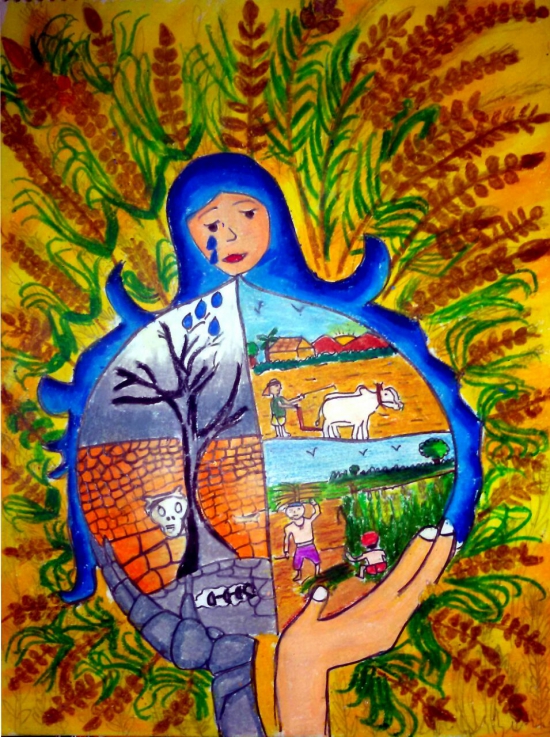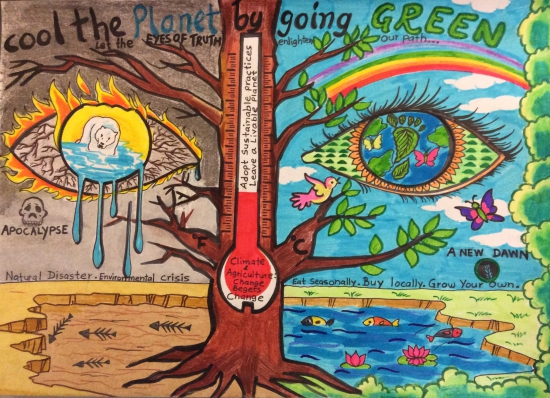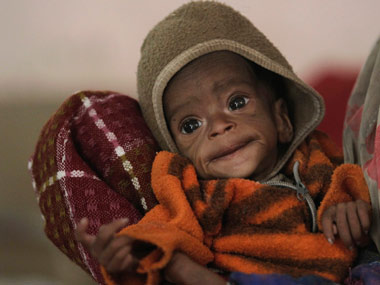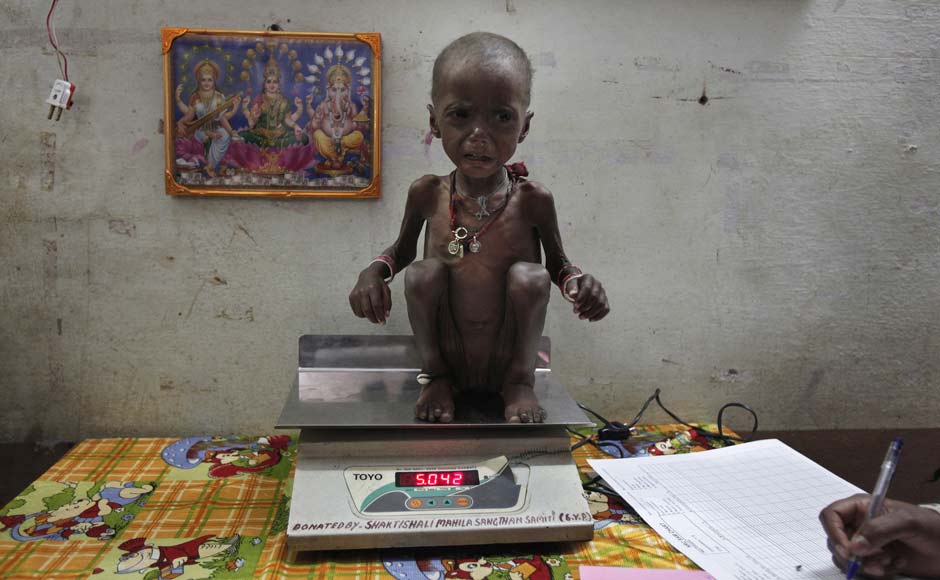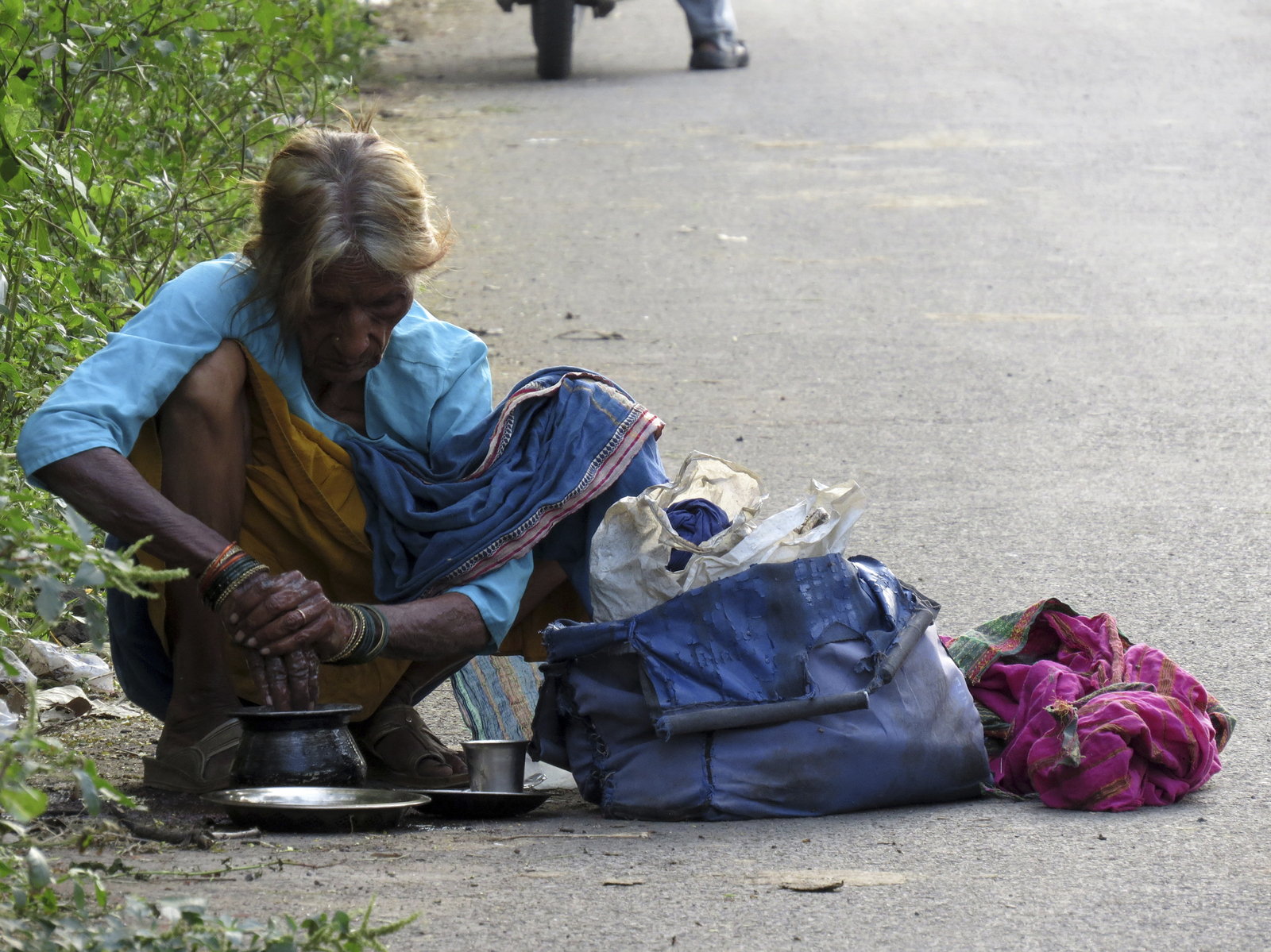At restaurants, weddings and parties, remember the sight of wasted food lying in the bins?
Over 3-million-tonnes of food in the world that is wasted every year, could fill the empty stomachs of around 793 million hungry people in the world.
16 October 2016 is World Food Day, a day of action against hunger.
Like most of its south Asian neighbours, India has a “serious” hunger problem with 15.2% of its citizens undernourished and 38.7% of under-five children stunted, said the Global Hunger Index report. India ranks 97 out of 118 countries on the Global Hunger Index, says the report released by the International Food Policy Research Institute.
UN body, Food and Agriculture Organisation (FAO) has been making strong efforts to eradicate hunger from the world since 1945.
This year’s theme is Climate Change and FAO’s global message for 2016 is “Climate is changing. Food and agriculture must too.”
Why Climate Change?
The adverse effects of climate change leads to disasters such as floods and droughts. It makes land and water resources harder to access and agricultural productivity difficult to achieve.
Such an impact would lead to an increase in the risk of hunger and a breakdown of food systems. According to the FAO, the risk of hunger and malnutrition could rise by to 20 percent by 2050.
FAO is calling over 150 countries to address food and agriculture in their climate action plans and commit themselves towards eradicating world hunger.
Previous Themes of World Food Day
- 2006: Investing in agriculture for food security
- 2007: The right to food
- 2008: World food security: the challenges of climate change and bio energy
- 2009: Achieving food security in times of crisis
- 2010: United against hunger
- 2011: Food prices - from crisis to stability
- 2012: Agricultural cooperatives – key to feeding the world
- 2013: Sustainable Food Systems for Food Security and Nutrition
- 2014: Family Farming: “Feeding the world, caring for the earth”
- 2015: “Social Protection and Agriculture: Breaking the Cycle of Rural Poverty”
- 2016: Climate change: “Climate is changing. Food and agriculture must too”
The Shocking Numbers
India is home to 194.6 million undernourished people.
One quarter of all undernourished people on the planet live in India.
Over one third of the world’s stunted children reside in India.
More than half of women and almost one-quarter of men are anaemic.
India has been working in good partnership with FAO to prevent hunger since it began operations in 1948. Hunger in India has been reducing at a moderate rate since 1990. At such a rate, India could beat China’s current stunting rate by 2050.
Unacceptable Cost of Malnutrition
Malnutrition caused due to lack of access to food can lead to health issues such as physical and chronic stunting, obesity, sickness, lack of productivity,shorter lives etc.
In other words hunger can act as a huge barrier for people from using their full potential and contributing to the economy.
Such consequences can cost over Rs 233 trillion per year to the global economy.
It’s about time we became mindful of the food we waste and exhibit gratitude for the food we eat.
Take the underprivileged into account and remember: Access to food for all is a basic right not a luxury or a privilege!
(With inputs from UNFAO and WFP)
(Image credit: Robin Hood Army and Feeding India)
Video Editor: Mohd Irshad Alam
(At The Quint, we question everything. Play an active role in shaping our journalism by becoming a member today.)

